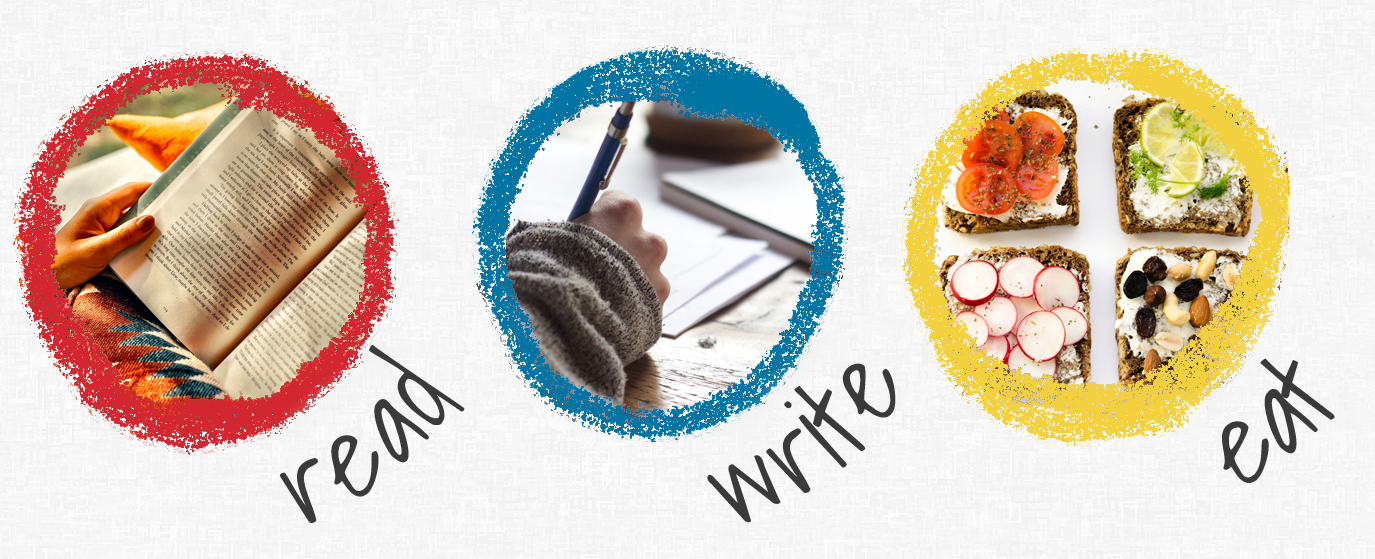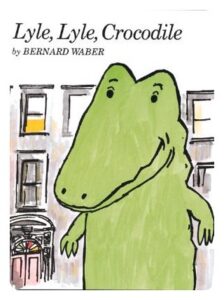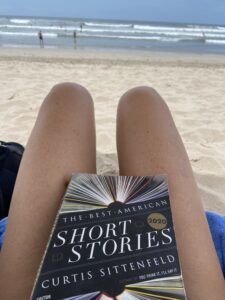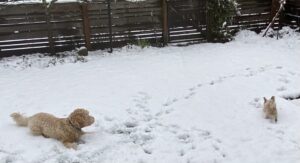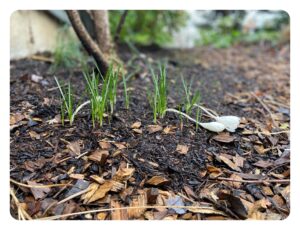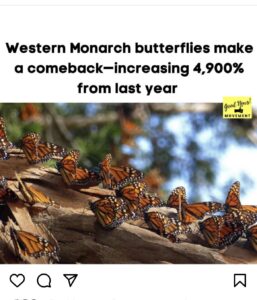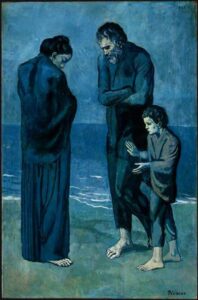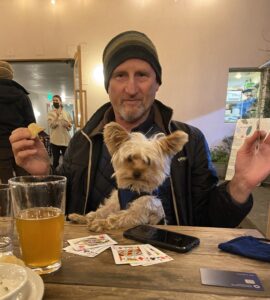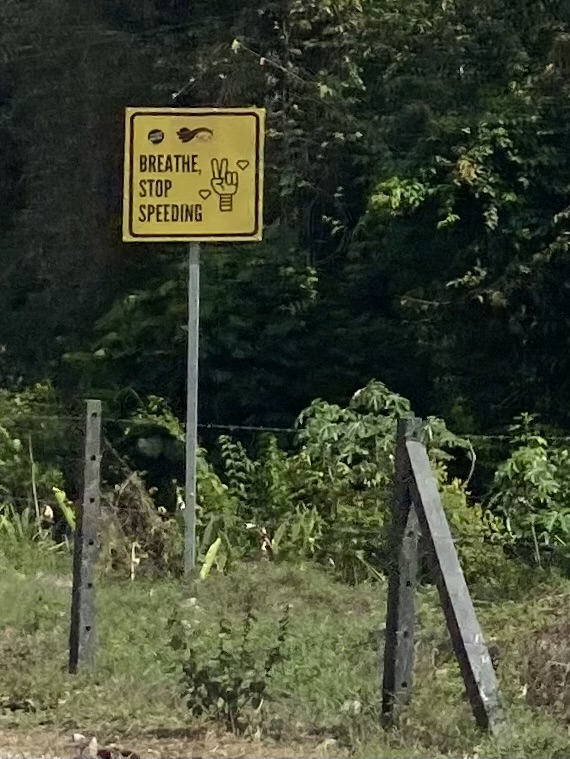 Pura Vida. Shalom. Aloha. Namaste.
Pura Vida. Shalom. Aloha. Namaste.
- Hello.
- Goodbye.
- Peace.
- Go with Grace.
- I bow to you.
And they’re all said with friendly intentions. I wonder, what words in what languages serve the same kind and generous purpose…do you know of any? If you’ve got one, please do send it to me.
Of course this puts me in mind of the joke, what’s the difference between NY and LA?
In NY when someone says, “Fuck you!” they are really saying hello.
In LA when someone says, “Hello!” they are really saying fuck you.
Wherever you are, I am saying hello!

read
I got my MFA from Warren Wilson College, where I met Lan Samantha Chang. She was never my supervisor, but I did benefit from her lectures. I loved her collection of stories plus a novella, HUNGER.
Over the years I ran into Sam at various conferences where we’ve had warm exchanges. She now directs the Iowa Writers’ Workshop, and I’ll be on faculty with her at Aspen Summer Words. How wonderful for us all that she has a new novel out, THE FAMILY CHAO. Sam has called the novel an homage to THE BROTHERS KARAMOZOV, with thematic similarities, family saga + trial. The novel is about three adult brothers, each of whom is complex and worthy of our care and attention. The setting is largely the family restaurant, the Fine Chao, which is a boon for the reader as the food writing spurs hunger pangs and mouthwatering! Ultimately the novel explores and exploits the gap between how we wish to be seen in the world and the chaotic insider-truth of who we are. Don’t we all live with that gap? Sometimes we hide in the gap and sometimes we want to be authentic and diminish the gap. It is similar to the painful gap writers experience—how their work appears in their mind and how the work appears on the page. I have a feeling that for Chang, the gap is far smaller than it is for many of us.
***
AIN’T BURNED ALL THE BRIGHT, by Jason Reynolds and Jason Griffin. The book is hard to categorize. On my bookshop page I’ve called it a memoir and non-fiction, but I also think it could be self-help and poetry. It’s really so much about struggle and healing and what we’ve all been living through. The prose is deceptively simple, the art freeform and inviting a viewer to free associate. It’s a poem, it’s a story, it’s a call to action. If you’d like to hear the writer in conversation with our girl, Brene Brown, check this episode of her podcast, UNLOCKING US. Meanwhile, check this:
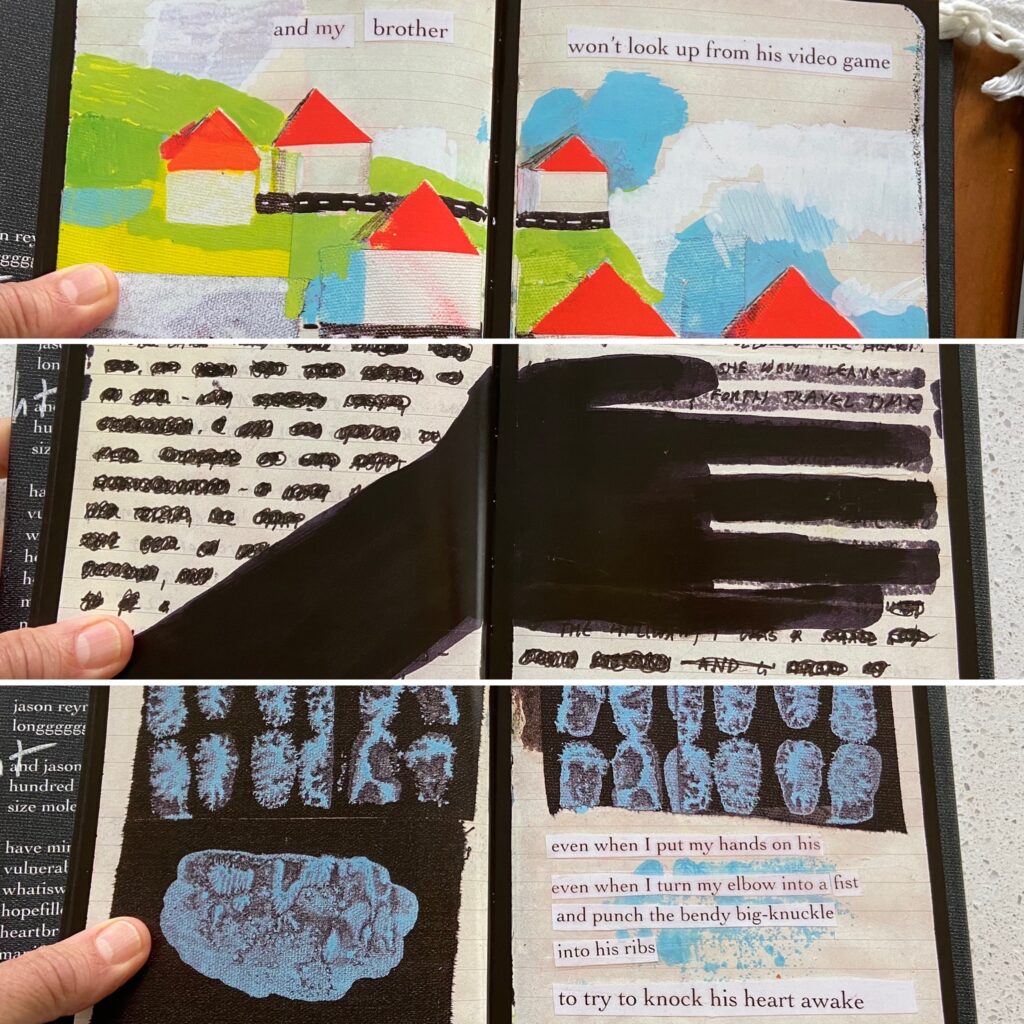
and my brother won’t look up from his video game, even whenI put my hand on his, turn my elbow into a fist and punch the bendy big-knuckle into his ribs to try to knock his heart awake
Reynolds is striving to knock all our hearts awake. It’s a beautiful book.
Just a quick reminder, I’ve created a read.write.eat. Bookshop Store, where you can find many of the books I’ve recommend in the newsletter.

write
I recently started a practice, I try to do it every day as part of a morning pages ritual… you know how those things go, right? On again/Off again. But I love this one right now. Write in response to each of these five things:
a memory, an image, a topic, an observation, a thought
Do this in any order that inspires you. I usually start with a memory, whatever rises up without being forced. Because I am very human, I sometimes/often (sheesh!) have a negativity bias, meaning the memory that rises comes preloaded with tension, misplaced yearning, miscommunication, loss. It’s a great place to start, because the complex memory gives rise to a thought, and then maybe an observation, etc… I have found the prompt to be both fun and illuminating. If you choose to give this a try, I’d love to hear from you. How did it go? I’m messing around with some ideas for how we could make this a community (online) practice.
***
Here’s a great essay on the hard work of the first sentence: HOW TO BE AN INCIPIT, by Paul Vacca. He begins,
For a long time, the first sentence went to bed early, waiting discreetly under the cover of the book for someone to come and wake it up. Novel opened, first sentence awakened, it stood firmly in the front row to welcome readers with the heavy responsibility of taking them into a new world.
- tips us into the world of fiction by suspending our disbelief
- tells us – sometimes in the background – that something will happen, a story is coming
- gives us the foreknowledge of a conflict, a subtle source of intranquillity
- does not wear too much make-up, isn’t noticed for itself, but for the charm it exudes and passes to the next sentence
A first sentence participates in SHINE THEORY, right? It helps the rest of the work, the story/novel/memoir, whatever it is that you are writing, be its best self.
Here’s a random first sentence that pulls me in and stirs me up, from Deborah Levy’s memoir, THINGS I DON’T WANT TO KNOW.
That spring when life was very hard and I was at war with my lot and simply couldn’t see where there was to get to, I seemed to cry most on escalators at train stations.

eat
In my last newsletter I threatened to make Alison Roman’s cheesecake and I followed through on my threat. The first time it came off without a hitch. The second time… well she asks you to weigh rather than measure the graham crackers for the crust and I think I eyeballed it completely wrong. I don’t have a scale, do you?
So, the crust was a bit too crumbly in cheesecake 2.0h well. The filling was delicious both times, and, if you are a regular follower of this newsletter, you know me, I reduced the sugar.
Here’s a link to the recipe. Here’s a link to a video of charming and chill, funny and fun (maybe the Lucy Ricardo of cooking video, but she always nails it!) Alison Roman making the cheesecake. And, here is what happened to mine:

I made it. I stuck my hand in it. Don’t ask.
**********
A little program note: I’ve been writing and sharing what I love for nearly 3 years! I love it and many of you write to let me know how much you enjoy my thoughts and recommendations, and for that I am truly grateful. Honestly, it makes my day to hear from readers. Also, it takes time and consideration to put my thoughts together twice a month. Maybe you’d like to show appreciation buy clicking below:
buy me a cup of coffee!☕️

